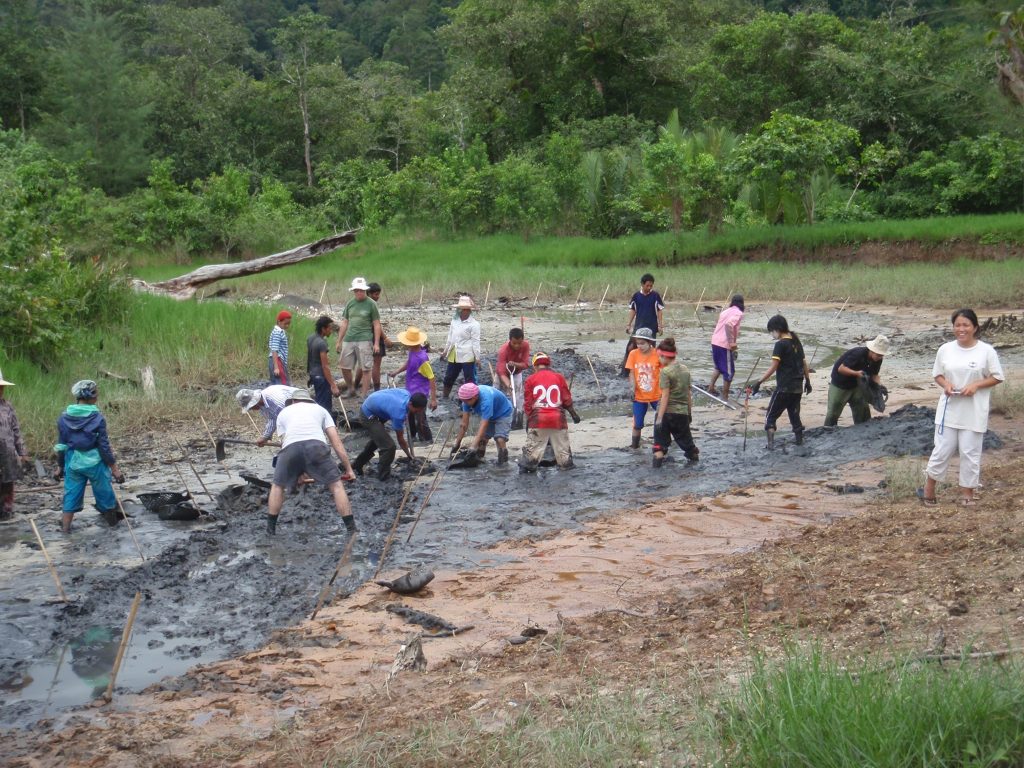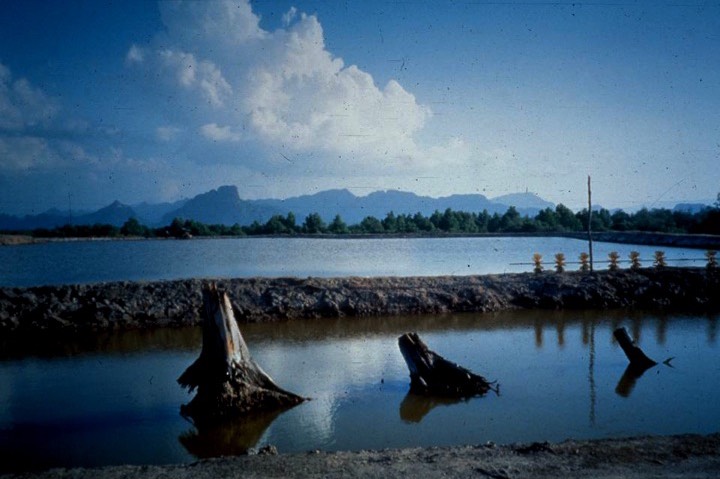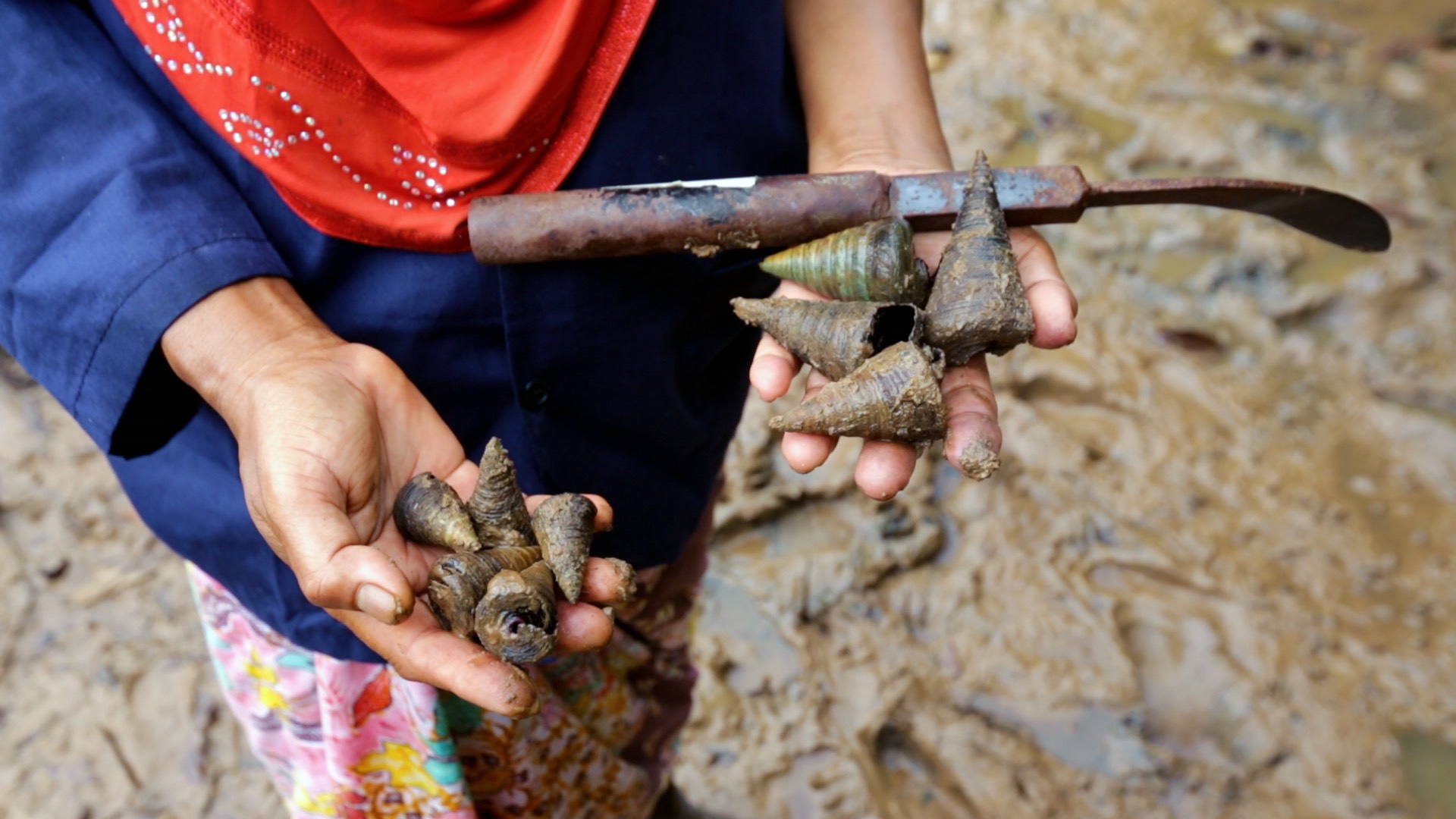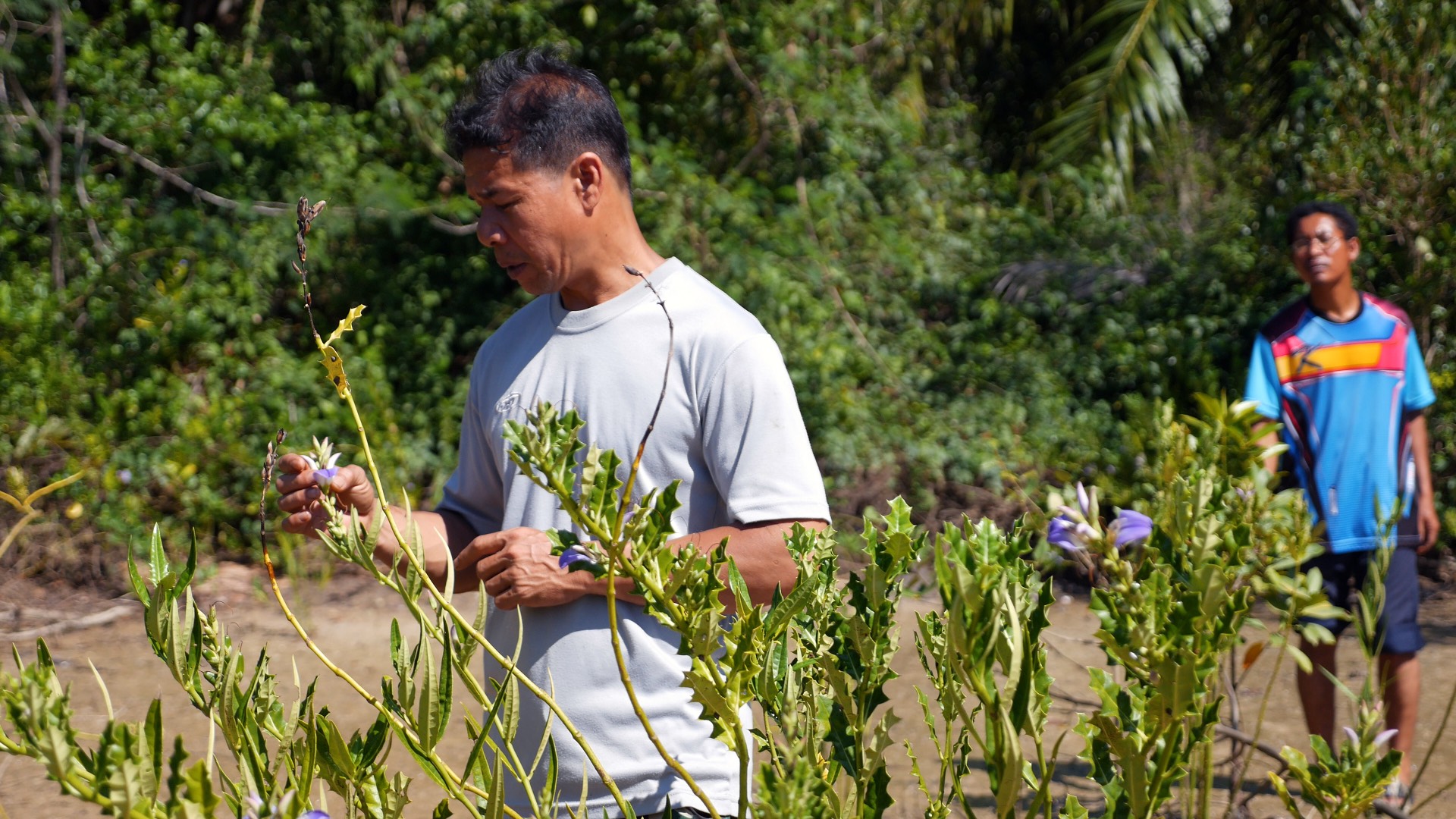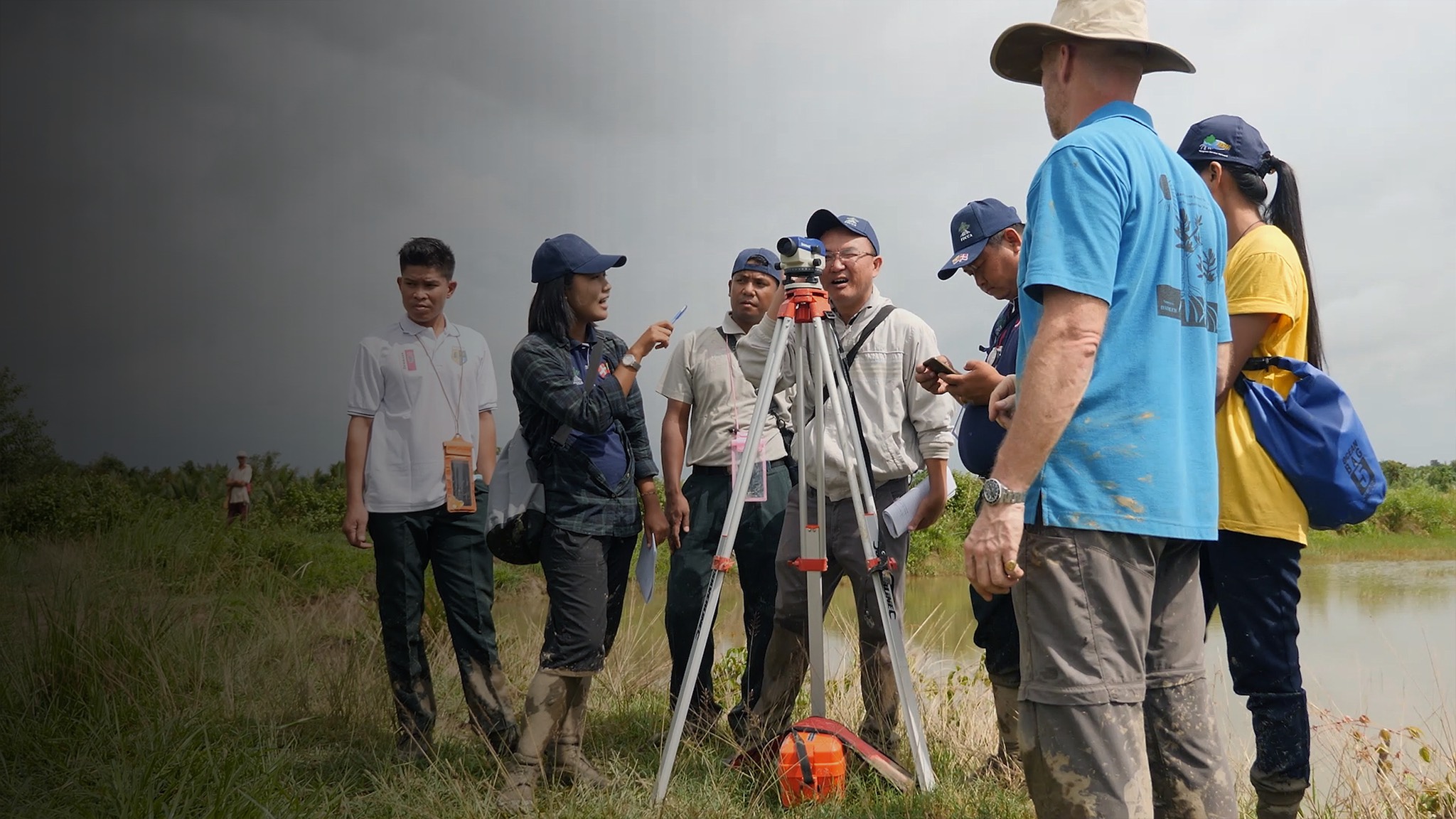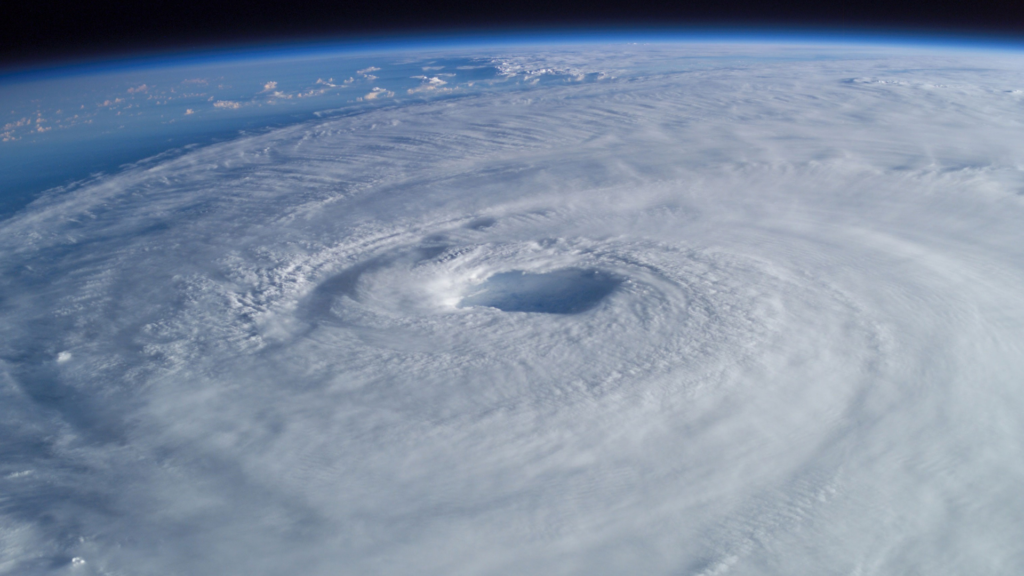The Forest for the Trees: MAP Preserves a Most Valuable Resource
Mangrove Action Project (MAP) Co-Founder and International Program and Policy Director Alfredo Quatro first encountered mangroves on a journalistic trip to Thailand in 1992. It was then that a fisherman related to him: “If there are no mangroves, then the sea will have no meaning. It’s like a tree with no roots, for the mangroves are the roots of the sea.”
It wasn’t long before this former Greenpeace volunteer had found his next great cause. He would go from saving the whales to saving the mangroves. He knew he wanted to help the trees, and the animals and humans who depend on them. He first visited Thailand in 1992 to learn how shrimp farming, along with tourism, urban development, and agriculture expansion, was destroying the mangrove forests.
And yet, mangroves are climate heroes. Did you know that mangroves are among the hardiest of timber? That they thrive in conditions most trees could never withstand? That they tolerate salt water, the strong winds, and little to no oxygen content in the brackish tidal water where they stand? And because of the anaerobic condition of the soil, mangroves store carbon below ground and it accumulates over time.
Mangroves host a vast diversity of animal life around the world. From the egrets, spoonbills, and herons that roost in their canopies, to mudskippers, lizards, monkeys, Bengal tigers, and sea crocodiles that also make their homes there. Because the forests stand between the sea and land, they are often referred to as coastal defenders or green buffers. But these nature’s wonders are under threat—and have been for quite some time.
“Thailand used to think of mangroves as mosquito infested swamps, wastelands, a loss of revenue to shrimp farms,” Quarto says. But, in 2004, things started to turn around. When the deadly tsunami hit, the value of mangroves became more evident. “Where healthy stands of mangroves were, they stood strong and there was less loss of life and damage to infrastructure.. Mangroves slow down the force of a wave and reduce its energy. They also offer protection against hurricanes and typhoons,” says Quarto. “They started to be appreciated more and more.”
MAP officially became a .ORG in 2006, choosing the domain because it reflected the non-profit’s NGO status. Because .ORG is globally recognized, it also made it simpler for members to synchronize efforts internationally. MAP raises funds through individual donations, grants, events, and by selling merchandise—including a Children’s Art Calendar, with drawings done by students in a dozen different countries and all proceeds going to save the mangroves.
MAP works all over the map, in mangrove coastal communities from Thailand to the Cayman Islands to Guatemala to Tanzania. By engaging with local communities, scientists, government officials, and the general public, MAP mobilizes on-the-ground conservation efforts, educates about unhealthy mangrove ecosystems, and encourages young people to take an active interest in mangrove forests through curricula and internships.
A key focus of MAP is establishing best practices for mangrove conservation. Through their Community-Based Ecological Mangrove Restoration (CBEMR) initiative, the organization works with local leaders to reduce the threat to mangroves and help them regenerate naturally. Natural regeneration makes for not only a more biodiverse mangrove, according to the organization’s website, but one which is more resilient to climate change. MAP also is enlisting the next generation to save the mangroves through its Marvelous Mangroves curriculum, which educates more than 250,000 students in 16 countries about the trees and their value. While progress has been made, the problem of mangrove loss is still an urgent one, and MAP still has a lot of work to do.

